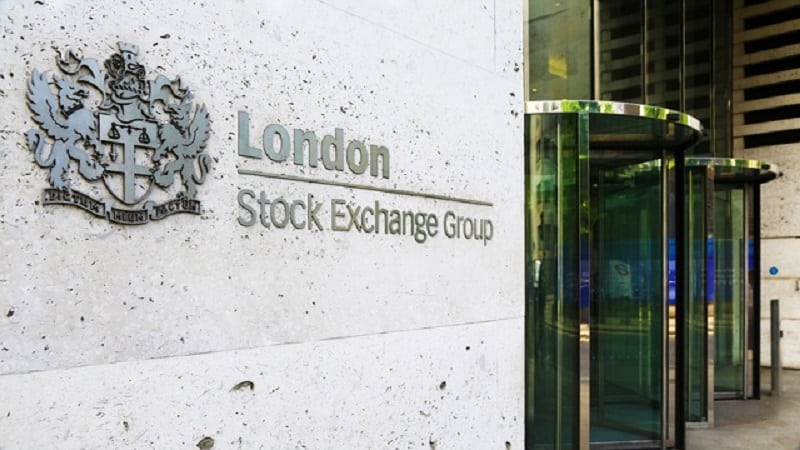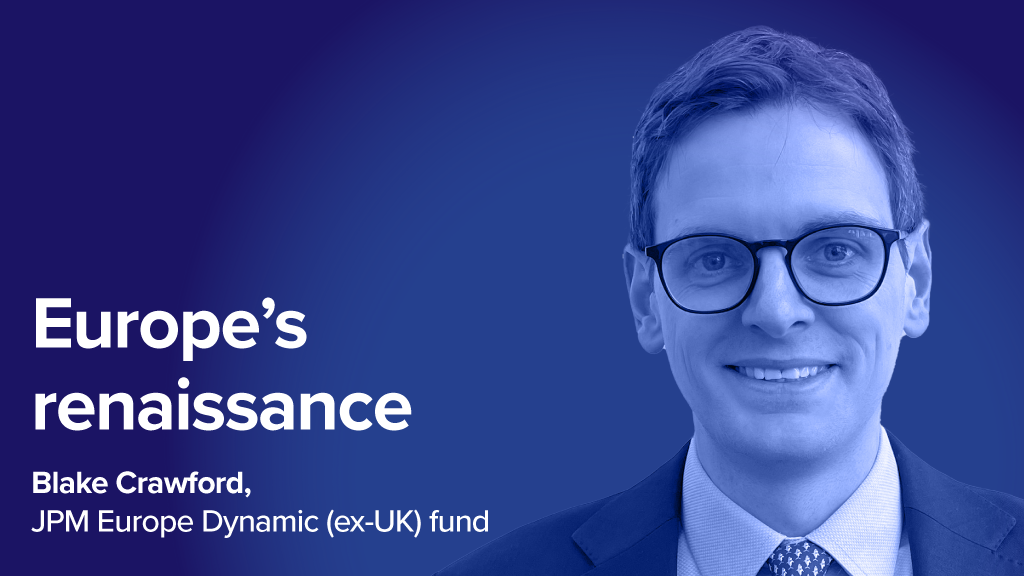As the time approaches for the Federal Reserve to start raising interest rates back towards normal levels, investors are naturally nervous about the implications for markets.
When looking for answers to pressing issues, the first place people look for comfort is the historical precedents. Here, the message is reassuring. Money markets and currencies start to discount the increase in interest rates long before it happens. Bond investors, concerned with the long term path of interest rates not the short term, prefer monetary policy to be tightened promptly before inflation takes a hold. Otherwise, much tighter policy is required later. Hence bond markets typically price in too much tightening and start to rally early in the rate-rising cycle. Equity markets are pulled two ways; in the short term, higher rates are a negative, as the competition for investors’ money from bank deposits and bond markets increases, but before long, earnings growth, assisted by the economic growth which prompts the rise in rates, enables markets to regain momentum.
This doesn’t mean that investors can relax, as past precedent is not necessarily a good guide to the future. In general, timely, well signalled increases in rates are better received by investors than unexpected surprises but there is never any certainty in advance as to how high interest rates will have to go over what time period and the consequences for the economy and markets.
So far, the omens are encouraging. The intention of the Federal Reserve to raise rates was signalled well in advance and has almost certainly held the market back. Having already discounted rising rates, the market may respond positively when it actually happens. Inflation pressures remain unusually low so that even with low nominal yields on 10 year issues, bond yields are positive in real terms. Free cash flow yields for equities are firmly positive and much higher than at the start of previous tightening cycles while price to earnings ratios are below the long term average. Consumers have not taken on debt so a rise in interest rates should have less impact on their spending than in the past, but more impact on their willingness to borrow. The weakness of commodity prices promises to keep inflation low and employment cost pressures are subdued. Although credit growth in the US has picked up, the rate of growth is modest and is not matched by other developed markets.
This suggests that investors are more worried than they need to be as the economic impact of a modest rise in rates will be greater than in the past. Consequently, the overall rise in rates should be less than currently expected. If the peak in rates is no more than 3%, then 10 year Treasury yields could stay below 3% and US equities may prove to have discounted the tightening cycle in full before it even starts. On the other hand, with unemployment down to 6%, wage growth could pick up, credit growth could accelerate and the eventual peak in rates could be 4% or 5%, still be low by past standards but not discounted by current bond yields. A historically normal yield level for 10 year Treasuries has been around the rate of growth in nominal GDP; sometimes higher, sometimes lower. Inflation of 2% and growth of 2.5% would therefore indicate a yield of around 4.5%. Maybe a glut of global savings, credit growth that is constrained for the foreseeable future, a shrinking budget deficit and the absence of a need to reverse quantitative easing will keep yields well below that level but we cannot be sure.
The optimistic view that bond yields are discounting may prove justified but it is hard to see better than very modest returns. Equities look better placed with valuations reasonable, earnings growth steady and the economic cycle likely to be extended for several more years despite the normalisation of interest rates. However, uncertainty will remain and could hold equities back until the process of raising rates is well underway. Investors should be prepared to be patient, keep expectations modest and be prepared to ride out any short term volatility.









